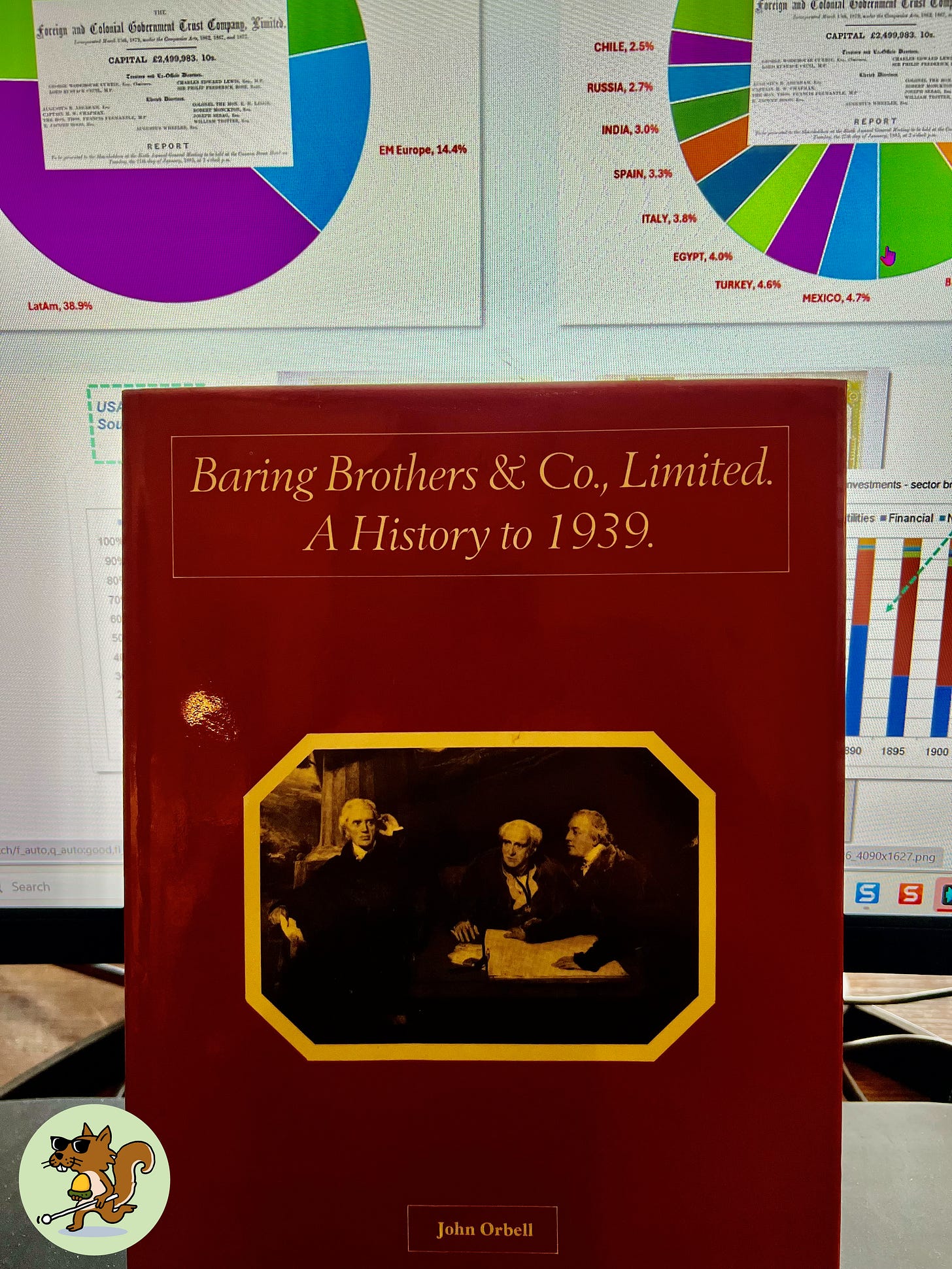'Stock Take' (Part 2) - The EM Edition
The Blind Squirrel's 'Monday' Morning Notes. Year 3; Week 24.
Big changes coming to Blind Squirrel Macro at the end of June. If you missed the earlier emails, details can be found in the post linked below.
During June, before Blind Squirrel Macro moves completel…



